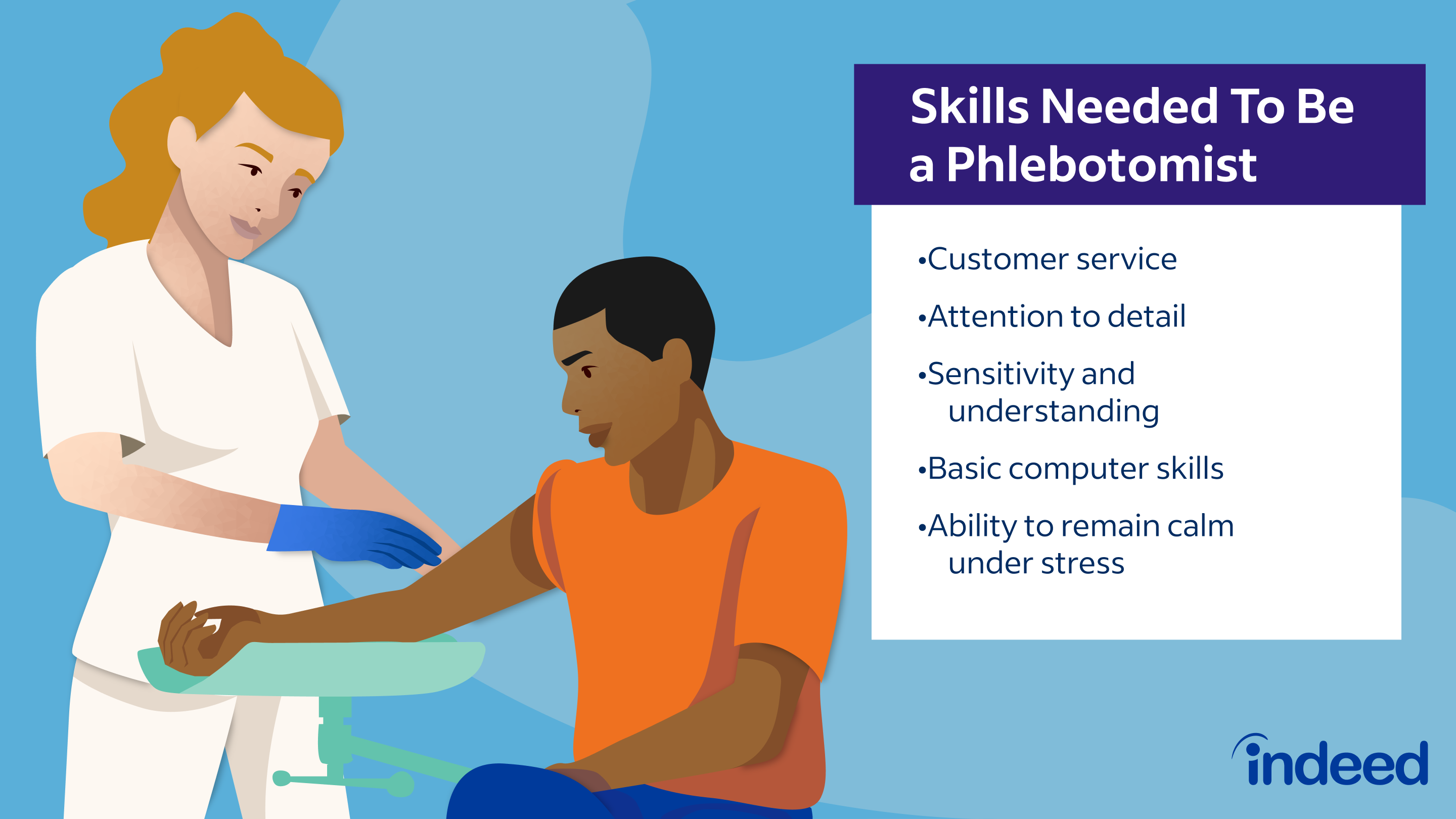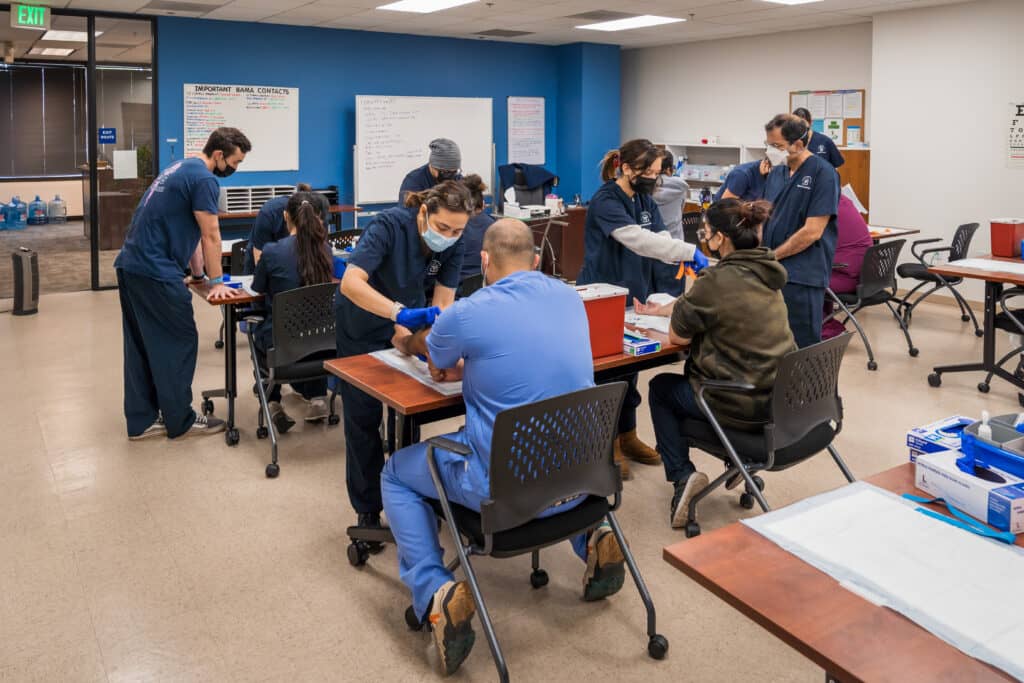Some Ideas on Northeast Medical Institute - New Haven Campus Phlebotomy Course & Cna Class You Should Know
Some Ideas on Northeast Medical Institute - New Haven Campus Phlebotomy Course & Cna Class You Should Know
Blog Article
All About Northeast Medical Institute - New Haven Campus Phlebotomy Course & Cna Class
Table of ContentsOur Northeast Medical Institute - New Haven Campus Phlebotomy Course & Cna Class DiariesIndicators on Northeast Medical Institute - New Haven Campus Phlebotomy Course & Cna Class You Should KnowThe Facts About Northeast Medical Institute - New Haven Campus Phlebotomy Course & Cna Class UncoveredNortheast Medical Institute - New Haven Campus Phlebotomy Course & Cna Class Things To Know Before You BuyExcitement About Northeast Medical Institute - New Haven Campus Phlebotomy Course & Cna ClassThe 10-Minute Rule for Northeast Medical Institute - New Haven Campus Phlebotomy Course & Cna Class
The use of such tools need to be accompanied by various other infection avoidance and control practices, and training in their use.For setups with reduced resources, expense is a driving element in procurement of safety-engineered tools. Where safety-engineered devices are not readily available, skilled use of a needle and syringe is appropriate.
Among the essential markers of top quality of treatment in phlebotomy is the involvement and collaboration of the patient; this is mutually helpful to both the health employee and the client. Clear information either written or spoken must be available to each client that goes through phlebotomy. Annex F supplies sample text for explaining the blood-sampling treatment to an individual. In the blood-sampling area for an outpatient division or clinic, offer a comfortable reclining couch with an arm rest.
Our Northeast Medical Institute - New Haven Campus Phlebotomy Course & Cna Class Diaries
Make sure that the indicators for blood tasting are clearly defined, either in a written procedure or in documented directions (e.g. in a lab type). Collect all the equipment required for the procedure and location it within risk-free and very easy reach on a tray or cart, guaranteeing that all the things are clearly visible.
Introduce yourself to the patient, and ask the client to specify their full name. Check that the lab form matches the client's identification (i.e. match the client's information with the research laboratory form, to make sure precise recognition).
Make the patient comfy in a supine setting (when possible). Location a clean paper or towel under the client's arm. Talk about the examination to be executed (see Annex F) and acquire spoken authorization. The patient has a right to refuse a test any time before the blood tasting, so it is very important to make certain that the patient has actually recognized the treatment.
Northeast Medical Institute - New Haven Campus Phlebotomy Course & Cna Class Fundamentals Explained
Prolong the person's arm and inspect the antecubital fossa or lower arm. Locate a vein of a great dimension that shows up, straight and clear. The diagram in Section 2.3, reveals common settings of the vessels, however many variations are feasible. The median cubital vein lies in between muscle mass and is usually one of the most easy to pierce.
DO NOT put the needle where veins are diverting, since this boosts the possibility of a haematoma. The capillary needs to show up without using the tourniquet. Finding the vein will certainly help in identifying the appropriate dimension of needle. Use the tourniquet regarding 45 finger sizes over the venepuncture site and re-examine the blood vessel.
Specimens from main lines bring a risk of contamination or erroneous research laboratory examination results. It is acceptable, but not optimal, to draw blood specimens when first introducing an in-dwelling venous tool, prior to connecting the cannula to the intravenous liquids.
What Does Northeast Medical Institute - New Haven Campus Phlebotomy Course & Cna Class Do?
Failing to enable adequate get in touch with time raises the threat of contamination. DO NOT touch the cleaned up website; in particular, DO NOT position a finger over the capillary to assist the shaft of the exposed needle.
Ask the individual to form a clenched fist so the veins are much more noticeable. Go into the capillary quickly at a 30 level angle or much less, and remain to present the needle along the capillary at the most convenient angle of access - PCT Training. Once enough blood has been accumulated, release the tourniquet prior to taking out the needle
6 Easy Facts About Northeast Medical Institute - New Haven Campus Phlebotomy Course & Cna Class Explained
Take out the needle carefully and apply gentle stress to the site with a tidy gauze or dry cotton-wool round. Ask the person to hold the gauze or cotton woollen in position, with the arm expanded and elevated. Ask the patient NOT to bend the arm, due to the fact that doing so triggers a haematoma.

Not known Details About Northeast Medical Institute - New Haven Campus Phlebotomy Course & Cna Class
Where possible, click for info maintain the tubes in a rack and relocate the rack towards you - https://northeastmed.edublogs.org/2024/06/29/northeast-medical-institute-new-haven-campus-phlebotomy-course-cna-class/. If the sample tube does not have a rubber stopper, inject very gradually into the tube as lessening the stress and rate made use of to transfer the specimen minimizes the danger of haemolysis.

Report this page